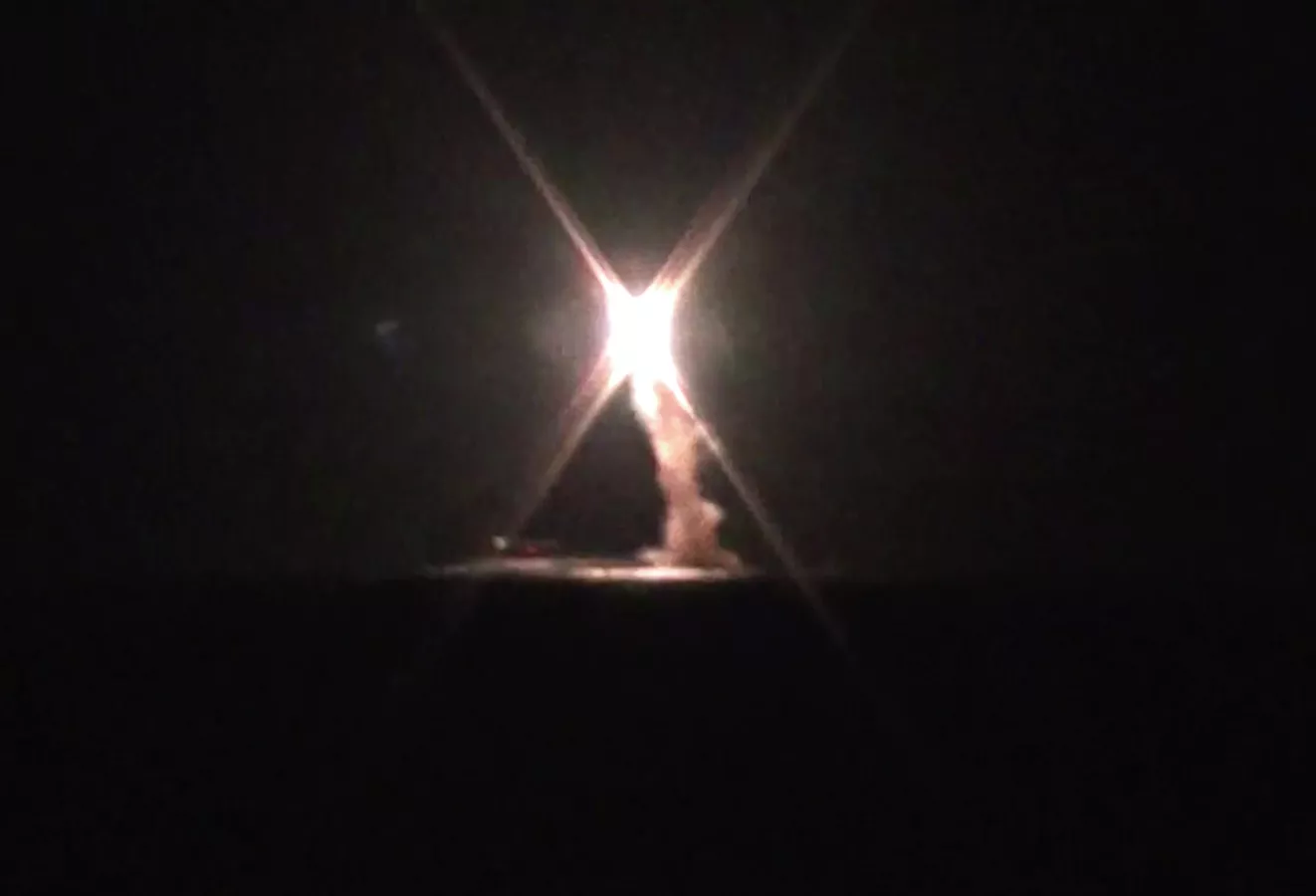The US defense and aerospace giant Lockheed Martin, the maker of the F-35 stealth jet, has opened a new 65,000-sq ft production facility in Alabama for hypersonic systems.
The move assumes significance as it comes in the wake of Washington’s admission that it is lagging behind Russia in terms of hypersonic weapons development.
Outfitted On Rafale Jets, Why Storm Shadow Missiles Add A Lethal Punch To Indian Air Force’s Deep Strike Capabilities
Korean Crisis: Why France Is Likely Help South Korea Go Nuclear Amid North Korean Missile Launching Spree?
Meanwhile, a pair of F-35s from Nellis Air Force Base launched dummy nuclear bombs on Sep 21 making the stealth aircraft closer to carrying nuclear weapons. The F-35A will eventually become the first fifth-gen jet to be stealthy and nuclear-capable.
Russia Zooms Ahead
Speaking at the annual symposium on space defense in mid-August, US Strategic Command Chief Charles Richard acknowledged that Russian hypersonic technology would provide the country’s navy with an undeniable advantage over America.
“Our current ground-based and space-based sensor system may not be able to cope with the detection and tracking of these missiles. I must admit that Russia is the world’s leading country in hypersonic technology. And if the enterprises of our defense industry in a short time do not figure out how to resist them, the ships of the fleets of the NATO countries will become vulnerable,” Richard said.

As previously reported by EurAsian Times, Russia’s Project 885 Yasen nuclear submarine Severodvinsk recently carried out the first underwater launch of Russian-built Zircon hypersonic missile. The country has bigger plans. It is aiming to transition from single launches at coastal ranges, to troops firing all at the same time- that is, firing salvos.
Russia now plans to develop a fourth hypersonic missile called Kh-95. This one is to be launched from the Tupolev Tu-22 M3M long-range strategic bomber. With it, Moscow will now have the largest range of hypersonic missiles along with the greatest flexibility and fine-tuned techno-industrial systems to support them.
China To Unleash Its New Super-Carrier With ‘Avant-Garde’ 5th-Gen Stealth Fighter Aircraft By Year-End
NATO Wants Turkey To Dump Russian S-400 Defense System For French-Italian Aster Missiles
The Lockheed Factory
Lockheed Martin opened a “smart” factory in Alabama. Along with hypersonic systems for the Army and Navy, the Air Force’s AGM-183A Air-launched Rapid Response Weapon (ARRW) is to be manufactured here. This new facility is one of four “intelligent factory” sites that the company is opening this year.
In August, it inaugurated one at its “Skunk Works” advanced development unit in Palmdale, California. That factory is known for the manufacture of secret prototypes and operational systems. These are speculated to be unmanned vehicles, and the Air Force’s new Next Generation Air Dominance system.
Furthermore, over the past two years, Lockheed has added 117,000 square feet of manufacturing space at its Courtland plant.
The company said that the facility will also be used to build the Army’s long-range hypersonic weapon and the Navy’s conventional prompt strike (CPS) missile. These two systems have several components in common, including the hypersonic glide body vehicle they use.
In a press release on October 4, it said, “Lockheed Martin is breaking barriers in hypersonic technology, adding to its world-class portfolio another milestone with the grand opening of an advanced production facility in Courtland, Alabama, focused on hypersonic strike production.”
F-22 Pilot Explains Why His ‘Super Lethal’ Fighter Jet Will Avoid An Aerial Duel With Russian Su-35 Aircraft
The corporation seems to be working closely with the US Department of Defense as it capitalizes upon critical digital capabilities to deliver the new technology, the release added.
“The facility represents Lockheed Martin’s commitment to establishing northern Alabama as the base of the company’s hypersonic strike programs. The 65,000-sq ft Hypersonic Missile Assembly Building 4 (MAB 4) is built on the digital foundation that Lockheed Martin has prioritized,” the release highlighted.
Hypersonic Missiles For F-35?
Lockheed Martin is the developer of the mighty F-35 stealth fighter jets. And the possibility of Lockheed arming this fifth-generation aircraft with hypersonic missiles can’t be ruled out either.
The US military can fit in more weapons under the wings of its single-engine, radar-evading, F-35 stealth warplanes. This is more than mere speculation as in early May 2019, Lockheed revealed a concept for a hypersonic surface-to-air missile that is compatible with the US Navy’s F-35C.
For several years now, the corporation has been working with the USAF as well as the Defense Advanced Research Projects Agency (DARPA) to develop the Hypersonic Air-breathing Weapon Concept (HAWC) missile.
It would appear that the HAWC is too big to fit in the F-35’s internal weapons bay. To provide the F-35 with maximum stealth, Lockheed designed the plane to carry weapons internally. However, the aircraft’s dense internal layout does not leave a lot of room for munitions.
US Finally Admits That Russia Is The ‘World Leader’ In Hypersonic Missile Technology?
The USAF’s F-35A and the USN’s F-35C are not capable of carrying more than four AIM-120 air-to-air missiles internally. Lockheed is in the process of developing a special rack that could push this number up to six, though.
Since all the F-35 variants have underwing hardpoints, tons of missiles and bombs can be attached to the wings. The ability to carry this extra munition would be acquired at the cost of the F-35’s radar stealth. This configuration has been nicknamed the “beast mode” by the US military.
Although carrying a HAWC would essentially eliminate the fighter aircraft’s stealth qualities, the speed and range of hypersonic weapons would give the jet an intrinsic stand-off capability, thus making the lack of stealth a lot less of an issue.
Either way, the development of this facility, and future Lockheed Martin facilities with similar functions would be interesting to observe in light of the quickening hypersonic arms race between the US and Russia (along with China).
- Written by Shreya Mundhra/EurAsian Times Desk
- Follow EurAsian Times on Google News